Pierre-Alexandre Murena
Cooperative Bayesian Optimization for Imperfect Agents
Mar 07, 2024Abstract:We introduce a cooperative Bayesian optimization problem for optimizing black-box functions of two variables where two agents choose together at which points to query the function but have only control over one variable each. This setting is inspired by human-AI teamwork, where an AI-assistant helps its human user solve a problem, in this simplest case, collaborative optimization. We formulate the solution as sequential decision-making, where the agent we control models the user as a computationally rational agent with prior knowledge about the function. We show that strategic planning of the queries enables better identification of the global maximum of the function as long as the user avoids excessive exploration. This planning is made possible by using Bayes Adaptive Monte Carlo planning and by endowing the agent with a user model that accounts for conservative belief updates and exploratory sampling of the points to query.
Measuring the Feasibility of Analogical Transfer using Complexity
Jun 23, 2022Abstract:Analogies are 4-ary relations of the form "A is to B as C is to D". While focus has been mostly on how to solve an analogy, i.e. how to find correct values of D given A, B and C, less attention has been drawn on whether solving such an analogy was actually feasible. In this paper, we propose a quantification of the transferability of a source case (A and B) to solve a target problem C. This quantification is based on a complexity minimization principle which has been demonstrated to be efficient for solving analogies. We illustrate these notions on morphological analogies and show its connections with machine learning, and in particular with Unsupervised Domain Adaptation.
Tackling Morphological Analogies Using Deep Learning -- Extended Version
Nov 09, 2021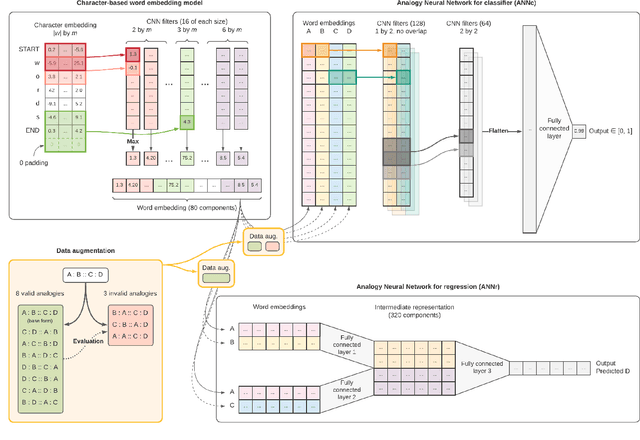
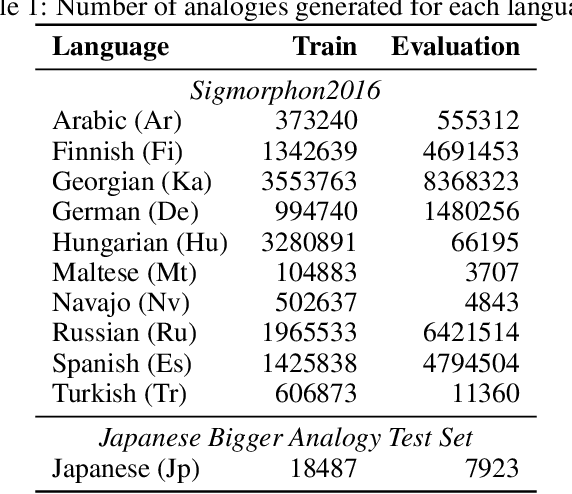
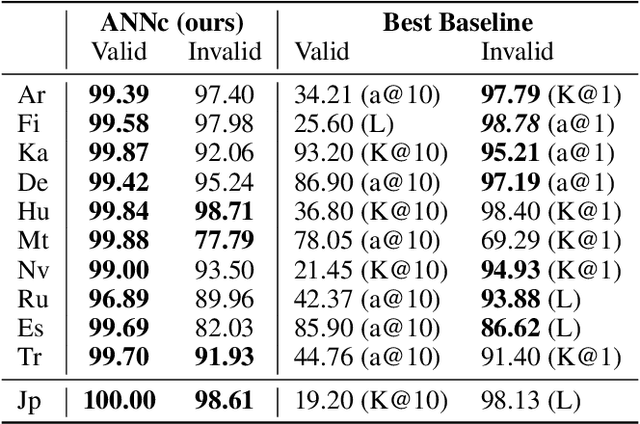
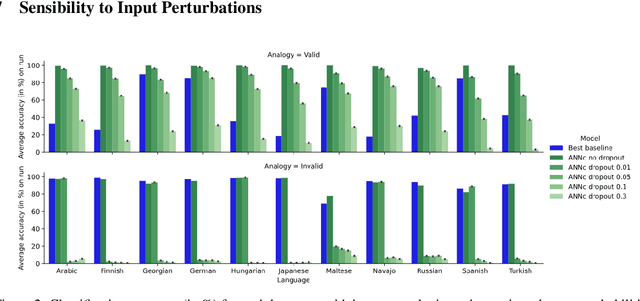
Abstract:Analogical proportions are statements of the form "A is to B as C is to D". They constitute an inference tool that provides a logical framework to address learning, transfer, and explainability concerns and that finds useful applications in artificial intelligence and natural language processing. In this paper, we address two problems, namely, analogy detection and resolution in morphology. Multiple symbolic approaches tackle the problem of analogies in morphology and achieve competitive performance. We show that it is possible to use a data-driven strategy to outperform those models. We propose an approach using deep learning to detect and solve morphological analogies. It encodes structural properties of analogical proportions and relies on a specifically designed embedding model capturing morphological characteristics of words. We demonstrate our model's competitive performance on analogy detection and resolution over multiple languages. We provide an empirical study to analyze the impact of balancing training data and evaluate the robustness of our approach to input perturbation.
A Neural Approach for Detecting Morphological Analogies
Aug 09, 2021


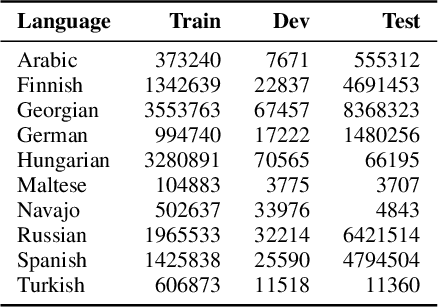
Abstract:Analogical proportions are statements of the form "A is to B as C is to D" that are used for several reasoning and classification tasks in artificial intelligence and natural language processing (NLP). For instance, there are analogy based approaches to semantics as well as to morphology. In fact, symbolic approaches were developed to solve or to detect analogies between character strings, e.g., the axiomatic approach as well as that based on Kolmogorov complexity. In this paper, we propose a deep learning approach to detect morphological analogies, for instance, with reinflexion or conjugation. We present empirical results that show that our framework is competitive with the above-mentioned state of the art symbolic approaches. We also explore empirically its transferability capacity across languages, which highlights interesting similarities between them.
On the Transferability of Neural Models of Morphological Analogies
Aug 09, 2021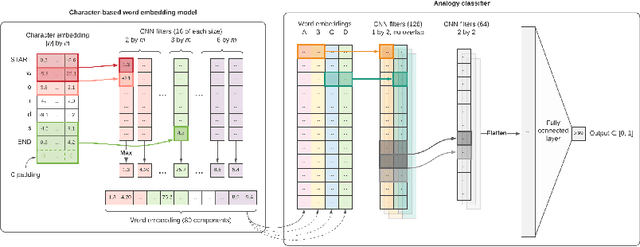
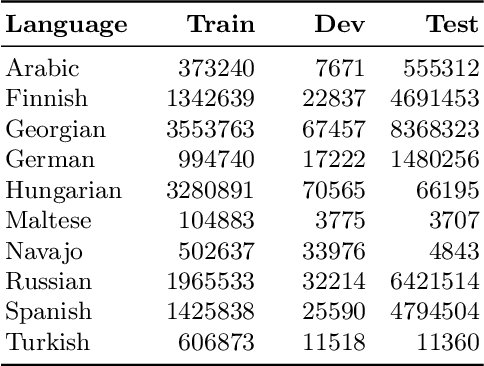
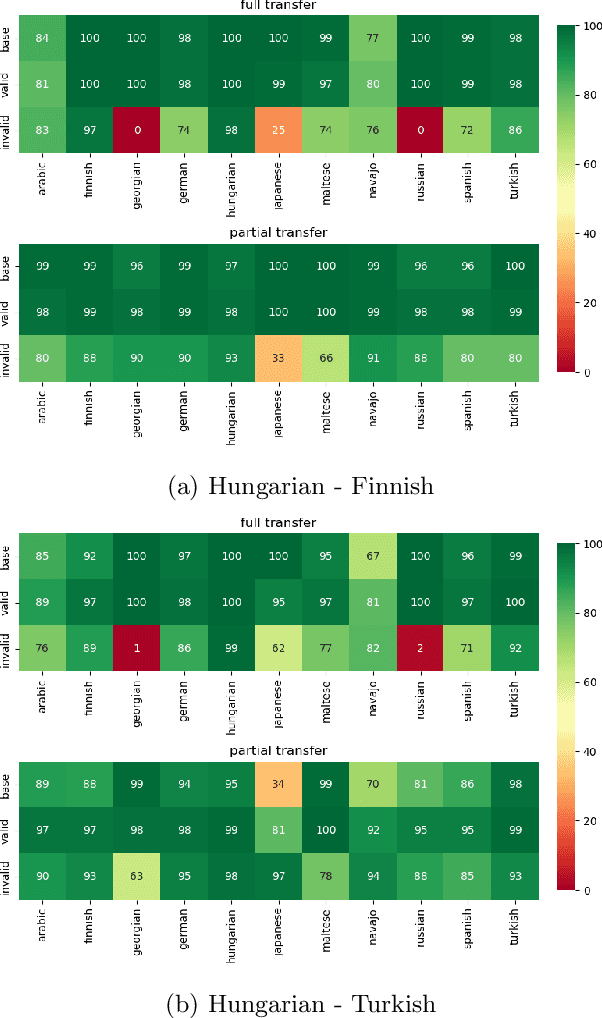
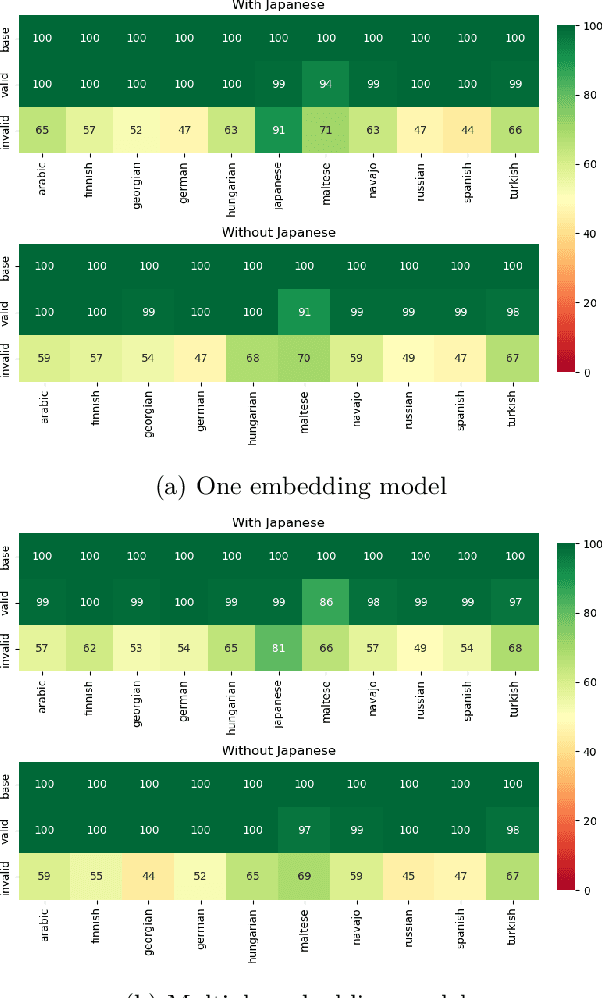
Abstract:Analogical proportions are statements expressed in the form "A is to B as C is to D" and are used for several reasoning and classification tasks in artificial intelligence and natural language processing (NLP). In this paper, we focus on morphological tasks and we propose a deep learning approach to detect morphological analogies. We present an empirical study to see how our framework transfers across languages, and that highlights interesting similarities and differences between these languages. In view of these results, we also discuss the possibility of building a multilingual morphological model.
Improving Artificial Teachers by Considering How People Learn and Forget
Feb 19, 2021



Abstract:The paper presents a novel model-based method for intelligent tutoring, with particular emphasis on the problem of selecting teaching interventions in interaction with humans. Whereas previous work has focused on either personalization of teaching or optimization of teaching intervention sequences, the proposed individualized model-based planning approach represents convergence of these two lines of research. Model-based planning picks the best interventions via interactive learning of a user memory model's parameters. The approach is novel in its use of a cognitive model that can account for several key individual- and material-specific characteristics related to recall/forgetting, along with a planning technique that considers users' practice schedules. Taking a rule-based approach as a baseline, the authors evaluated the method's benefits in a controlled study of artificial teaching in second-language vocabulary learning (N=53).
Teaching to Learn: Sequential Teaching of Agents with Inner States
Sep 14, 2020



Abstract:In sequential machine teaching, a teacher's objective is to provide the optimal sequence of inputs to sequential learners in order to guide them towards the best model. In this paper we extend this setting from current static one-data-set analyses to learners which change their learning algorithm or latent state to improve during learning, and to generalize to new datasets. We introduce a multi-agent formulation in which learners' inner state may change with the teaching interaction, which affects the learning performance in future tasks. In order to teach such learners, we propose an optimal control approach that takes the future performance of the learner after teaching into account. This provides tools for modelling learners having inner states, and machine teaching of meta-learning algorithms. Furthermore, we distinguish manipulative teaching, which can be done by effectively hiding data and also used for indoctrination, from more general education which aims to help the learner become better at generalization and learning in new datasets in the absence of a teacher.
 Add to Chrome
Add to Chrome Add to Firefox
Add to Firefox Add to Edge
Add to Edge